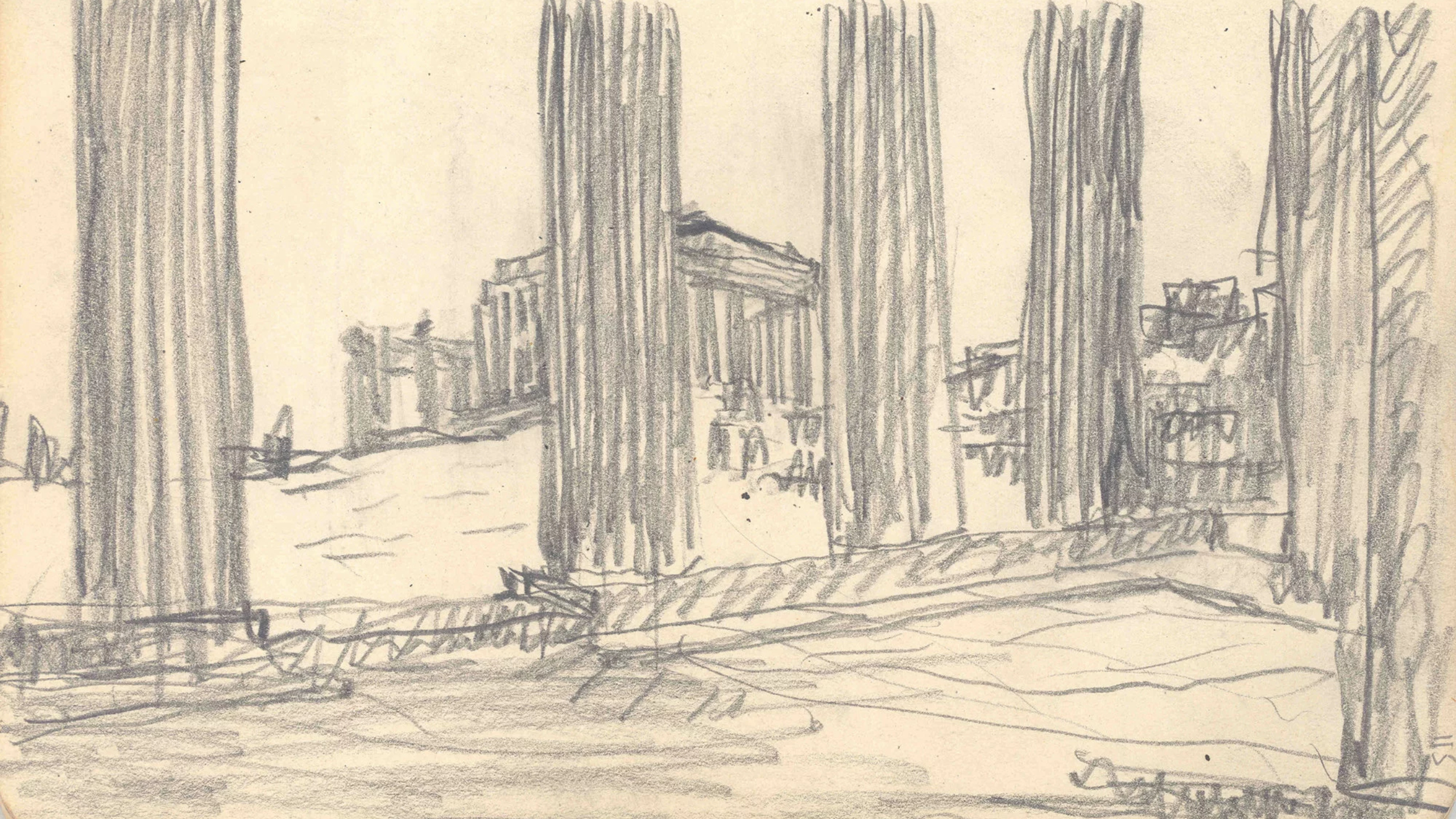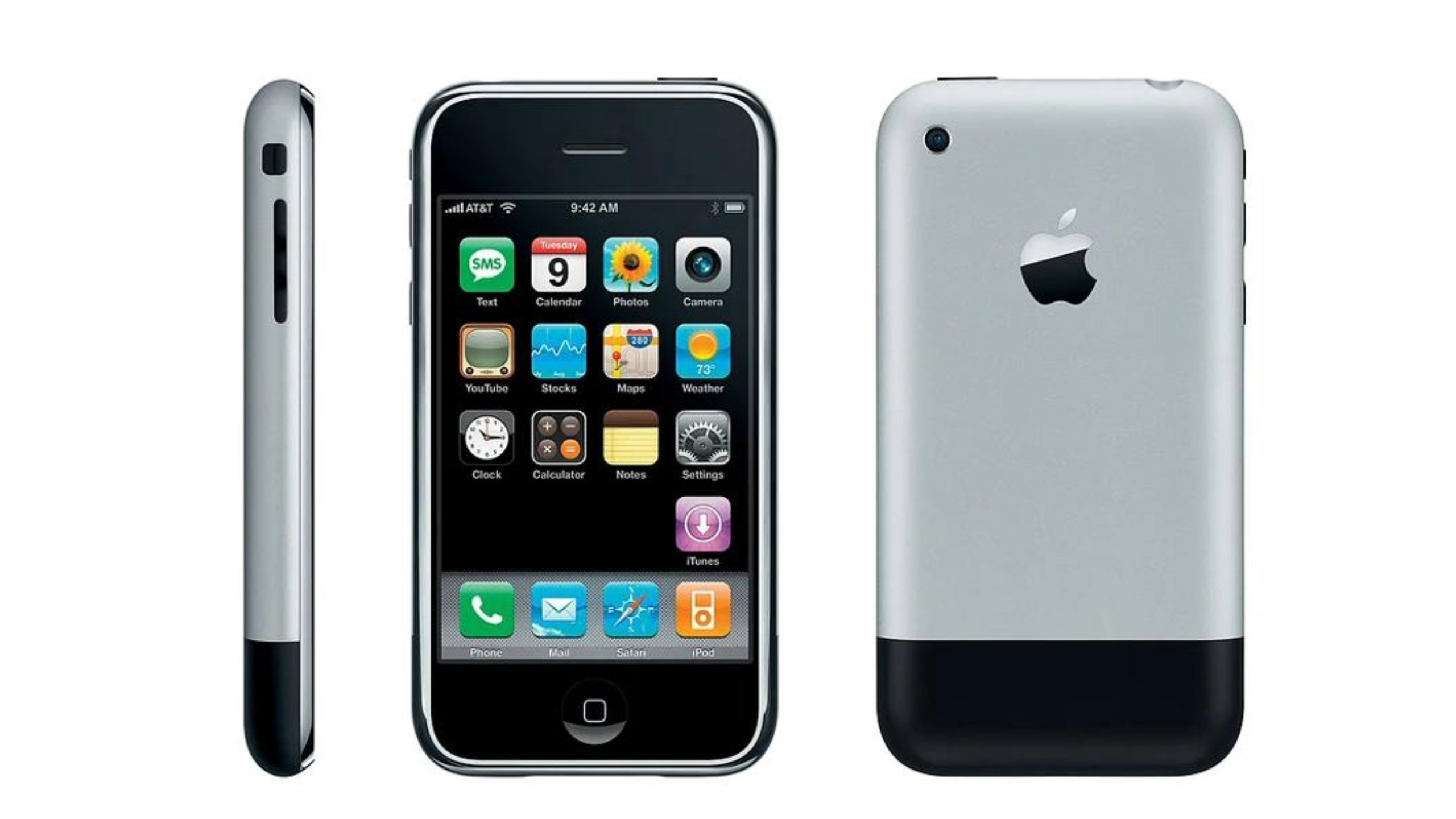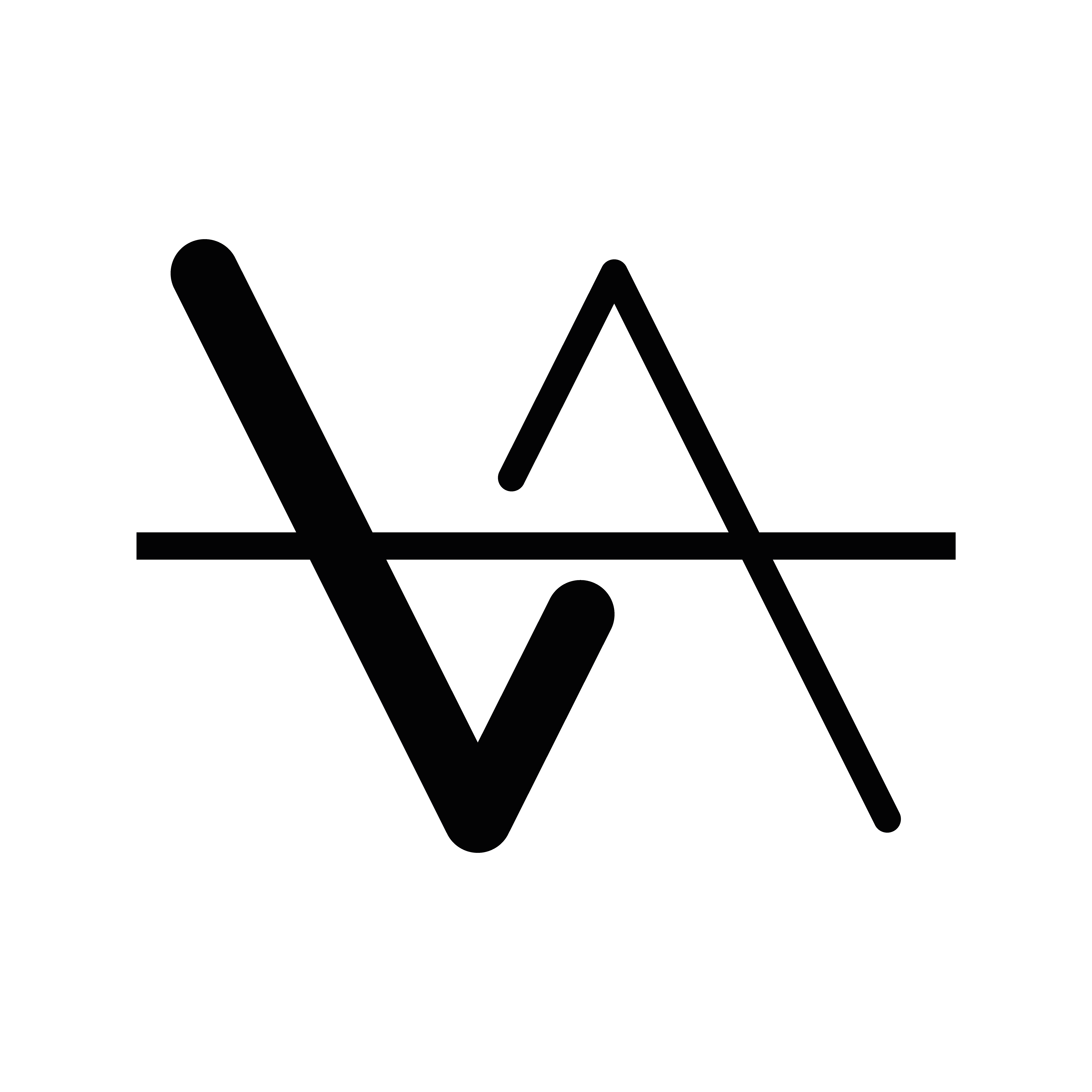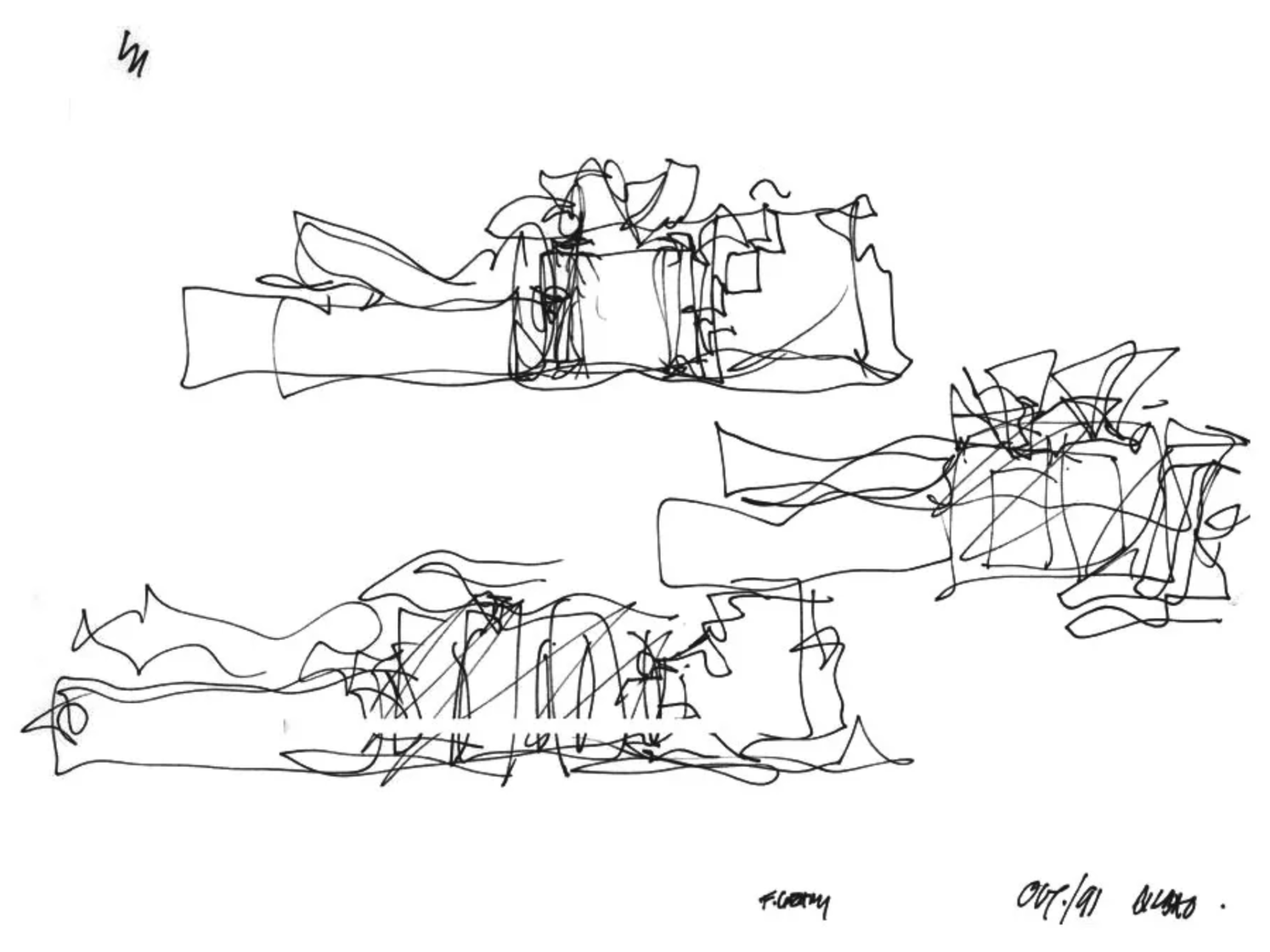2025-09-05
From Sketch to Pixel: The Journey of a Design
Every masterpiece begins as a line. Before glass towers and digital interfaces, there is always a sketch: fragile, imprecise, alive. The journey from hand-drawn idea to pixel-perfect visualization is not just technical—it’s emotional. It is the story of design becoming reality.

The Freedom of the Hand Sketch
Le Corbusier’s freehand sketches were not about accuracy, but vision. A single curve captured more emotion than a hundred technical drawings. Zaha Hadid’s early paintings bridged art and architecture, transforming gestures into spaces.
The Translation into Digital
Today, architects often turn quick sketches into precise 3D models. At Bjarke Ingels Group (BIG), this process is central to their identity. A rough, playful drawing can become a polished rendering. Yet the humor and humanity of that first stroke remain.
From Pixel to Reality
In product design, Apple’s first sketches move through CAD and prototypes before turning into the devices we hold today. Dyson vacuums and Tesla cars also began as pencil lines. Precision matters, but what truly lasts is the spark of emotion that survives from sketch to production.A line on paper can carry the soul of a project more powerfully than a thousand specifications.
The journey from sketch to pixel is not a matter of replacing the old with the new—it is a dialogue. Hand sketches bring spontaneity, imperfection, and emotion; digital models bring precision, detail, and atmosphere. Together, they form the true language of design: human at the start, human at the end, with technology as the bridge.

